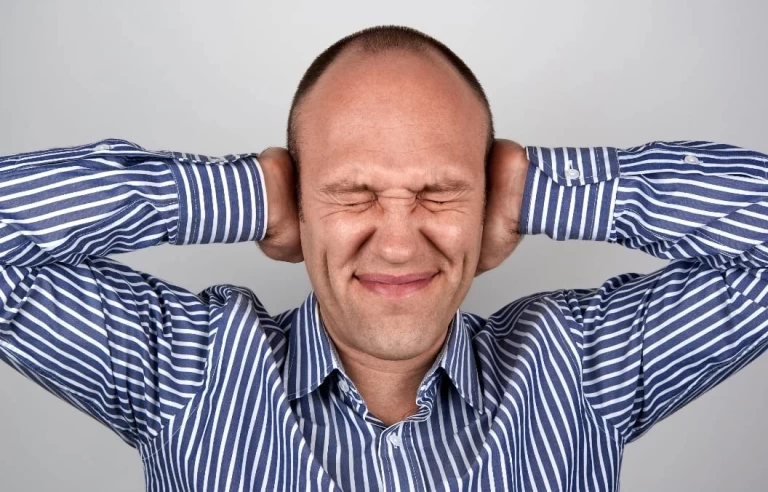
Cerebral palsy syndrome is a nonprogressive disorder characterized by involuntary movements or impaired posture that result from damage dealt with an immature, developing brain often before birth. Many infants are not diagnosed with cerebral palsy syndrome until they are closer to the age of two as it is impossible to diagnose cerebral palsy syndrome with any certainty beforehand.
The brain damage can happen before or during the baby’s birth or during the first 3 to 5 years of their life.
Because the cerebral palsy syndrome is a disorder of movement, muscle tone, or posture from brain injury, most children affected by cerebral palsy syndrome live between 30 and 70 years old, depending on their severity. A child with a milder case of the cerebral palsy syndrome will usually live longer than one with a more severe case. However, the sooner a child can receive treatment, the more of a chance they have of improving their quality of life.
Symptoms of Cerebral Palsy Syndrome
Spotting the symptoms of cerebral palsy syndrome plays a significant part in how early you react to finding treatment for your child. If you see your child having these symptoms, it is highly recommended to see a doctor.
- Low muscle tone - Baby might feel ‘floppy’ when they are picked up
- Tremors or involuntary movements
- Feeling stiff - They may show stiff muscles they are unable to relax
- Poor muscle control, reflexes, and posture - A baby or child with cerebral palsy syndrome may have poor muscle coordination and cannot control muscles needed for proper posture or reactions
- Unable to hold head up- - If they are unable to hold their head up on their own while lying on their stomach or in an upright sitting position, this may be a sign of the cerebral palsy syndrome
- Delayed development - Depending on the severity of the cerebral palsy syndrome, a child who does not roll over by themselves at 6 months, cannot walking by 12-18 months, or not speak simple sentences by 24 months, this could be a sign of the cerebral palsy syndrome
- Prefer to use one side of the body - The baby or child may only reach with only one hand or may drag a leg while crawling
- Seizures
- Walking difficulty - They may have a crouched gait, a wide gait, asymmetrical gait, a ‘scissors-like’ gait with knees crossing, or walk on toes
- Difficulty feeding or swallowing
- Difficulty with precise movements - If small, precise movements (such as picking up a writing or eating utensil) prove difficult for them
Common Treatments for Cerebral Palsy Syndrome
The most common types of treatments for children with the cerebral palsy syndrome include physical therapy and rehabilitation, assistive devices and technology, orthotic devices, medication, and surgery (if severe). Below are a few examples of what to expect from the common cerebral palsy syndrome treatments:
- Physical therapy and rehabilitation - This treatment usually starts in the first few years of the child’s life or right after the diagnosis. The therapist will teach the child certain skills they need for everyday life including sitting, walking, or using a wheelchair. There are three types of therapy: Occupational Therapy (in which the child learns to do everyday activities), Recreational Therapy (participating in programs and activities to help their physical and intellectual skills), and Speech and Language therapy (assisting them to speak more clearly, help with swallowing or teach them new ways to communicate by using sign language or a communication device.
- Assistive devices and technology - This treatment allows the child to have an easier time doing daily tasks. Some assistive devices and technologies include computer-based communication devices, Velcro-fastened shoes, and crutches.
- Orthotic devices - Orthotic devices help children with cerebral palsy syndrome improve their movement and balance. Devices that fall into this treatment are braces, splints, casts, wheelchairs, powered scooters, and rolling walkers.
- Medication - Medications are used to relax stiff or overactive muscles and reduce abnormal movements. These can be taken in a variety of ways such as through the mouth, injected into muscles, or infused into the fluid that surrounds their spinal cord with a pump implanted near the spinal cord itself.
- Surgery - If a child’s symptoms are severe, surgery helps lengthen their stiff, tightly contracted muscles. Surgeons can also place the child’s arms or legs in better positions or improve an abnormally curved spine. There are times if other treatments haven’t worked where the surgeon could result in cutting certain nerves to treat spastic movements.
It is important to note not all therapies are appropriate for everyone who has the cerebral palsy syndrome, and while these treatments may help in strengthening and relaxing their muscles, we should also try taking care of what is happening on the inside.
The above treatments, although common, do nothing to help the underlying cause of the child’s condition. Upper cervical doctors look to heal patients from the inside and to help correct their body’s system, which may be the kind of treatment your child needs.
How Does Upper Cervical Help Children with Cerebral Palsy Syndrome?
Upper cervical doctors correct the top two vertebrae of the spine, located under the base of the skull. These two bones surround the brainstem and once one is misaligned, a lot of trouble may occur. Pinched and compressed brainstems affect the nerves inside, resulting in many symptoms, problems with simple bodily functions, and makes the body vulnerable to various types of diseases and conditions if left untreated.
Once the brainstem can function properly, the brain to body communication goes back to normal and begins sending signals to heal the body naturally.
Upper cervical care has helped many patients with the cerebral palsy syndrome. Even in a small study of seven patients (two children and five adults), each patient had significant improvements with a decrease of muscle spasms, better sleep patterns, clarity in speech and hearing, improved balance, and more. The children were also able to hold their heads up for longer periods of time and making more attempts to crawl and stand with no support. (Collins)
Another study included a 7-year-old boy who started gaining muscle strength, walk longer distances and improvements in education after upper cervical adjustments. In addition, a mother reported her 8-year-old girl began walking upright and upstairs within nine weeks of upper cervical adjustments. Reports like these are highly common and happen everywhere.
Upper cervical doctors look to improve the structural aspects of the body and to ensure the brain has a clear pathway in communicating with the nerves to allow your body to heal and improve strength, balance, flexibility, and coordination.
If your child has the cerebral palsy syndrome, it is highly recommended to try an all-natural and gentle upper cervical treatment before medication or surgery, as many patients have tried upper cervical only after finding no improvements from surgical procedures.







Leave a comment